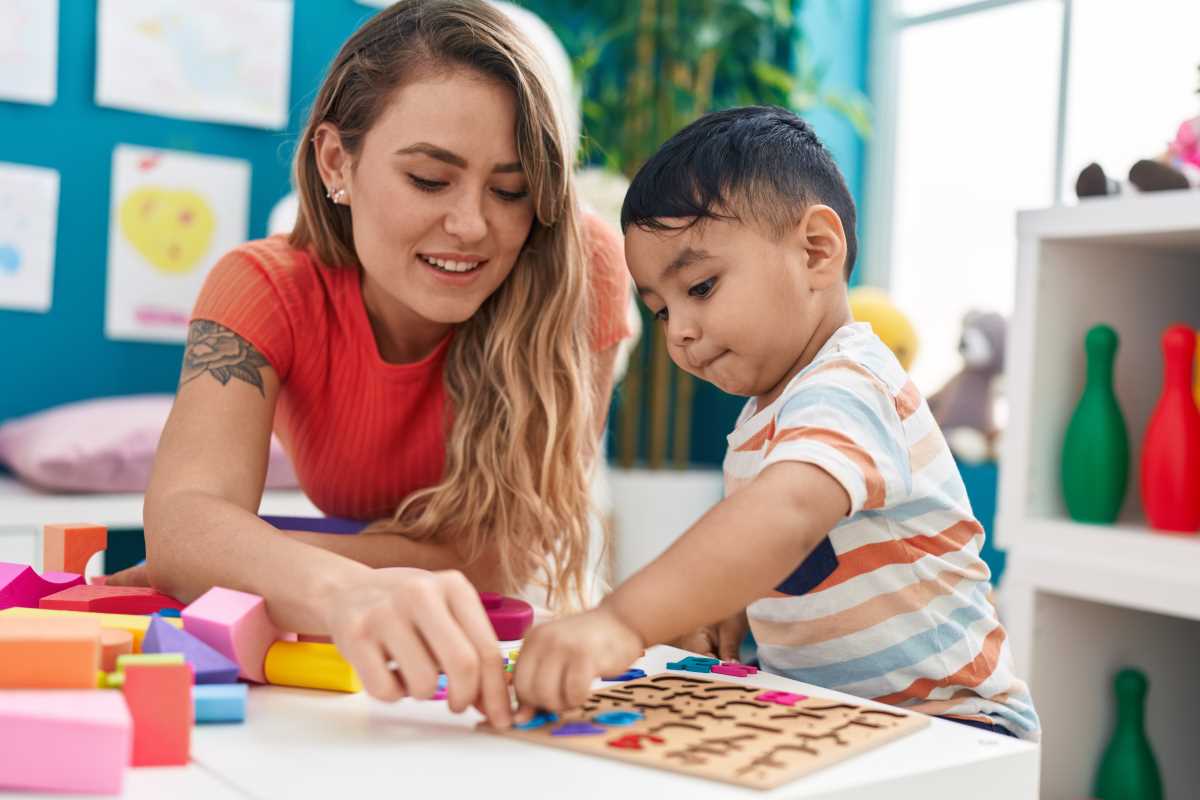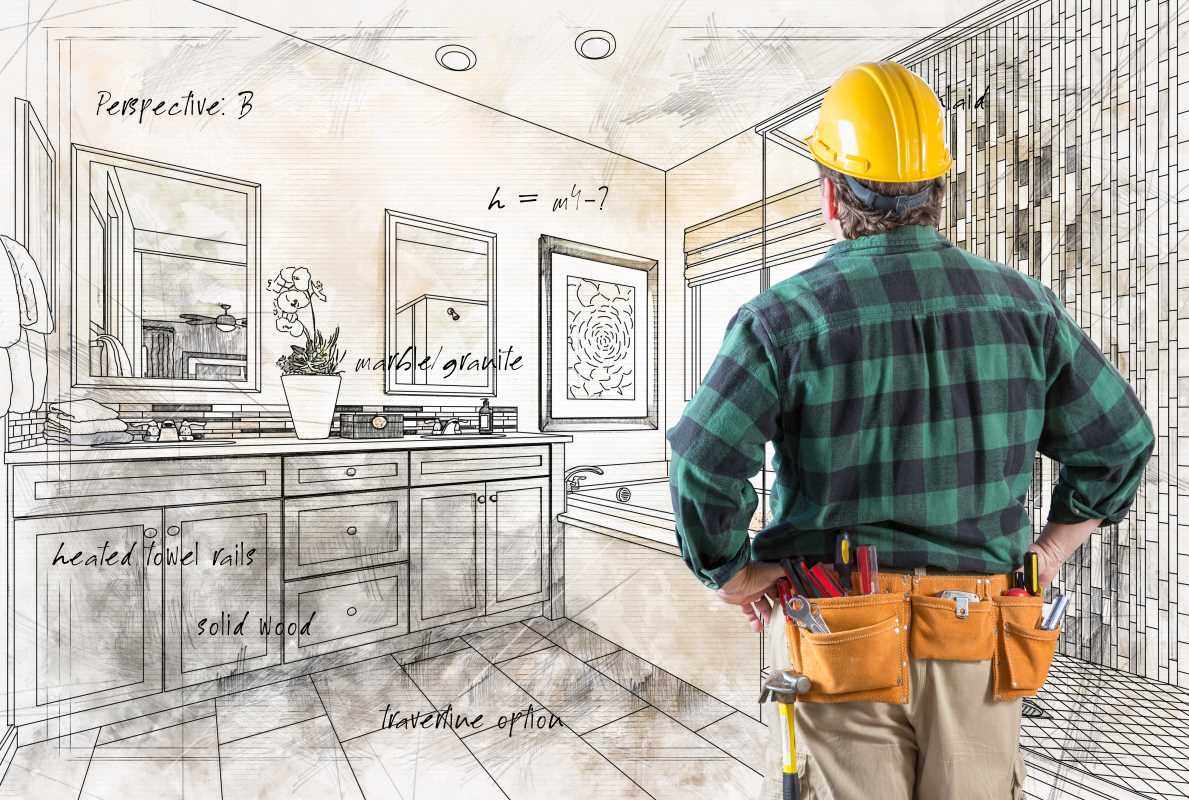For many families, visiting grandparents is a cherished tradition filled with love, laughter, and bonding moments. But for kids with disabilities, these visits can sometimes bring added challenges, from navigating unfamiliar environments to coping with sensory or emotional demands. Grandparents may also feel unsure about how to best accommodate their grandchild’s unique needs.
The good news? With a little planning and communication, these visits can become enjoyable experiences for everyone involved. This article will provide practical tips for parents and grandparents to help ease potential challenges and create a warm, welcoming environment that prioritizes the child’s comfort.
Start With Communication
Clear and open communication is the foundation for a successful visit. Everyone, including grandparents, parents, and the child, should feel empowered to express their needs and concerns.
Share Information Ahead of Time
Before the visit, talk with the grandparents about your child’s specific needs or routines. Whether it’s dietary restrictions, sensory sensitivities, or mobility challenges, providing this information in advance helps avoid confusion and minimizes stress during the visit.
You might say something like, “Alex gets overwhelmed by loud noises, so we usually keep background music low,” or “Maria’s wheelchair needs a little extra space, so we’ll help clear any tight spots when we arrive.”
Encourage Questions
Some grandparents may feel nervous, especially if they are unsure about how to interact with or accommodate the child’s needs. Encourage them to ask questions, whether about daily routines, therapy tools, or even the best way to help during a tough moment. Creating an open dialogue helps build confidence and trust.
Include the Child in Conversations
If your child is comfortable and old enough to express their preferences, involve them in discussions about the visit. This empowers them to advocate for their needs and builds their confidence.
Prepare for the Visit
Preparation is key to ensuring the visit goes smoothly for everyone involved. A little advanced planning can help avoid unnecessary stress and make the experience enjoyable.
Bring Familiar Items
Unfamiliar environments can feel overwhelming to children with disabilities. Packing familiar items, like their favorite blanket, sensory toys, or even a familiar pillow, can create a sense of comfort and security.
If your child uses therapy tools, make sure to bring those along. For example, noise-canceling headphones can help reduce sensory overload in a bustling household, while a scheduled visual timer can help maintain their daily routine.
Plan Activities in Advance
Work with the grandparents to plan activities that align with your child’s abilities and interests. For example, a nature walk might be great for a child who enjoys spending time outside, while quieter activities like puzzles or reading might suit a child who prefers a calmer setting.
Having a few flexible options ready takes the pressure off deciding what to do in the moment and ensures that everyone has fun.
Create a Flexible Schedule
Maintaining some structure during the visit can be incredibly helpful, but flexibility is equally important. For example, plan an activity in the morning, but allow space for downtime or rest breaks in the afternoon.
It’s also helpful to keep mealtimes, bedtimes, and medication schedules consistent with your child’s regular routine to minimize disruption.
Focus on Accessibility
A key element of a successful visit is ensuring that the environment is accessible and safe for the child. Even small changes can make a big difference.
Adapt the Physical Space
For children with mobility challenges, you may need to adjust the layout of the home to increase accessibility. Examples include:
- Moving furniture to create clear pathways for a wheelchair or walker.
- Providing a sturdy bench or chair for a child who has difficulty standing for long periods.
- Securing loose rugs that could become a tripping hazard.
If modifications are needed but not possible (like installing a ramp), parents can bring portable solutions, such as a foldable ramp or a lightweight travel chair.
Think About Sensory Needs
Many kids with disabilities are sensitive to certain sensory inputs, like bright lights, loud noises, or strong smells. Before the visit, consider ways to reduce potential triggers, such as dimming overhead lighting, turning off loud background music, or avoiding fragrant candles.
If the grandparents have pets, it might also be helpful to give the child time to slowly acclimate to their presence.
Offer Emotional Support
Visiting a new environment or adjusting to changes can sometimes be overwhelming for kids with disabilities. Providing emotional support throughout the visit helps them feel safe and cared for.
Have an Exit Plan
It’s possible the visit might become overstimulating, leading to a meltdown or a need for quiet. Having an exit strategy (like retreating to a separate room or stepping outside for fresh air) can help your child regulate their emotions.
Practice Patience and Validation
If your child becomes frustrated, anxious, or upset during the visit, acknowledge how they’re feeling and offer reassurance. You might say, “I know this is a lot right now. It’s okay to take a break if you need to.” Validation goes a long way toward helping them feel supported.
Empower the Grandparents to Step In
Help grandparents understand how they can help during emotional moments. You could show them calming techniques your child responds to, like rocking gently, offering a sensory tool, or taking deep breaths together.
The more empowered grandparents feel to step in when needed, the more confident they’ll be in their interaction with your child.
Build Connection Through Joy
At its core, visiting grandparents is about bonding and creating happy memories. Encourage moments of connection during the visit in ways that feel meaningful to both the child and the grandparents.
Celebrate Shared Interests
Find activities the child and grandparents can enjoy together. For example, if both love baking, they could work together to decorate cookies. If the child enjoys listening to stories, a grandparent could read their favorite book. These shared moments create positive associations and strengthen relationships.
Include Simple Gestures
Small gestures can bring big smiles. Grandparents might learn a new phrase in sign language to communicate with their grandchild or set up a cozy sensory corner with soft cushions and blankets just for them.
Capture the Memories
Take photos, videos, or create a little scrapbook of the visit. Including the child in these memory-making moments adds to the fun and builds a sense of belonging.
Set Realistic Expectations
It’s important to remember that no visit will go perfectly, and that’s okay. Setting realistic expectations for everyone can help avoid unnecessary stress.
Accept That Things May Not Go as Planned
Sometimes activities won’t go as smoothly as you hoped, or your child may stay in their comfort zone rather than exploring new things. Celebrate the wins, no matter how small, and focus on the positive aspects of the visit.
Be Prepared for Learning Curves
Grandparents, especially those without much experience interacting with kids with disabilities, may need time to adjust and learn. Patience and understanding on both sides will help everyone find their rhythm.
 (Image via
(Image via





